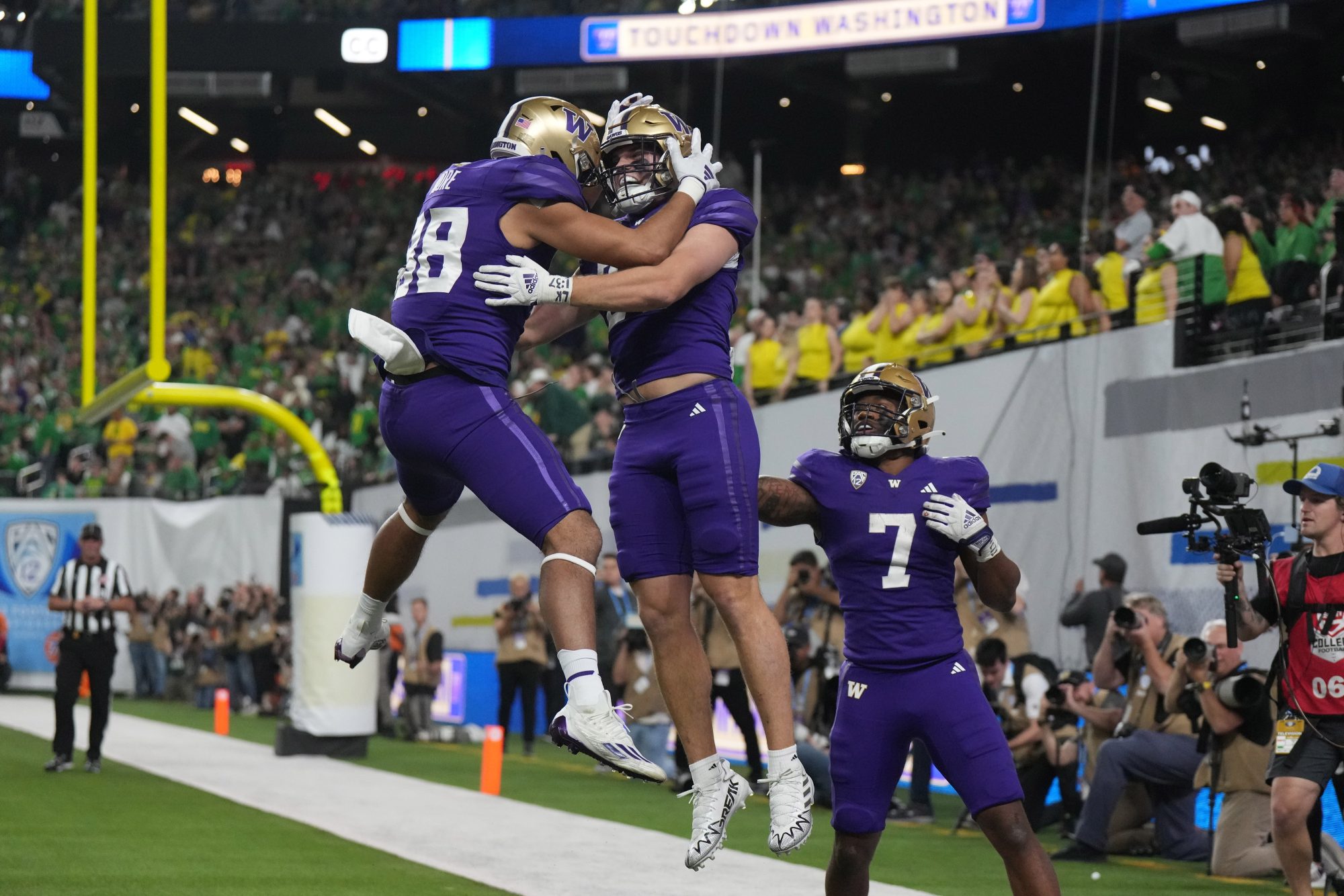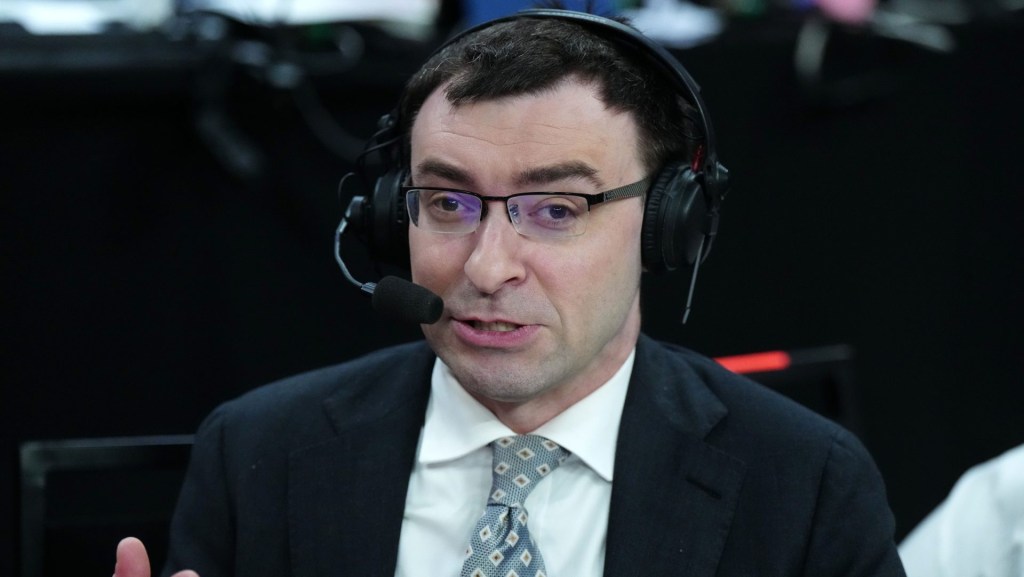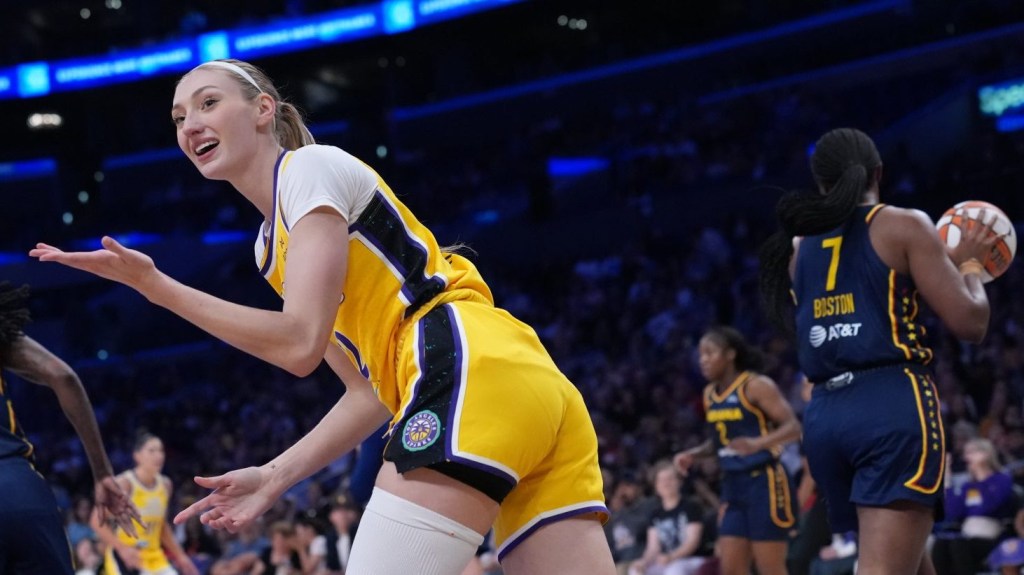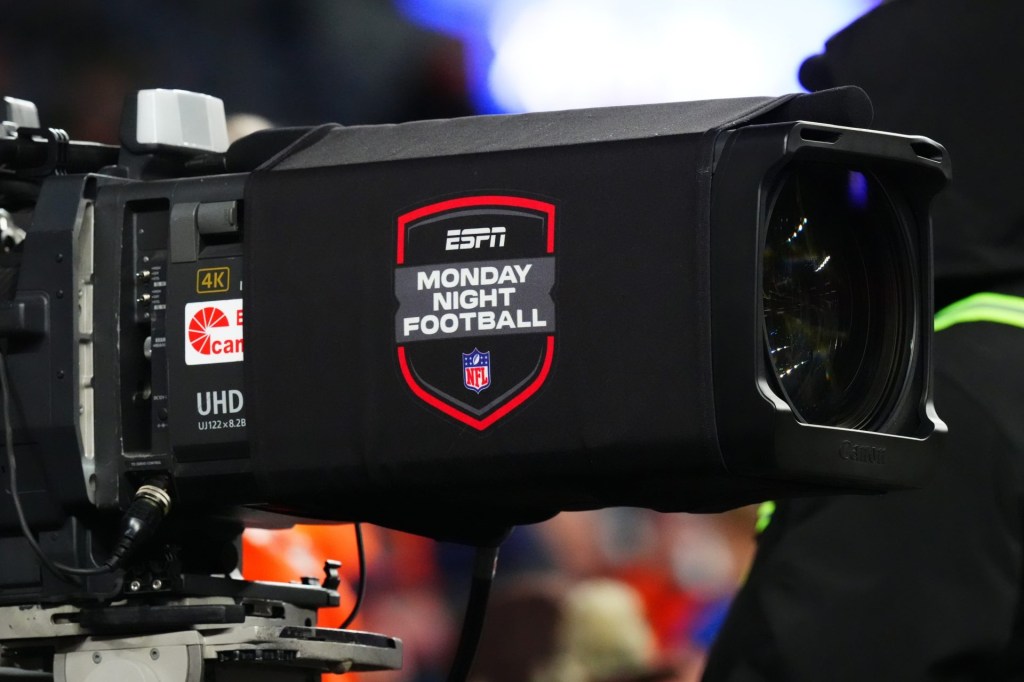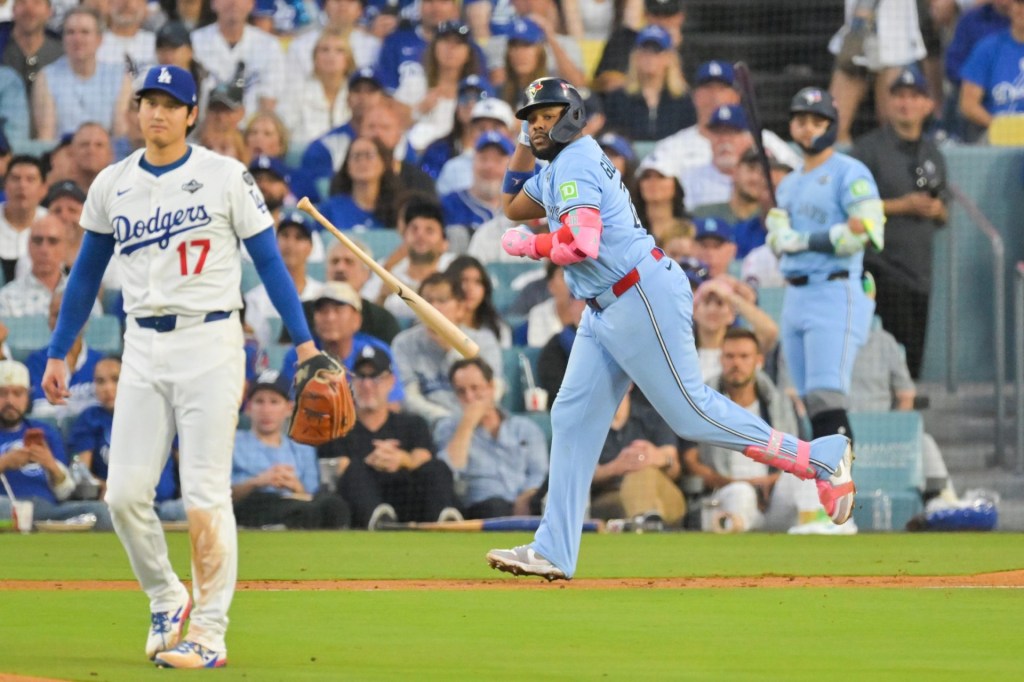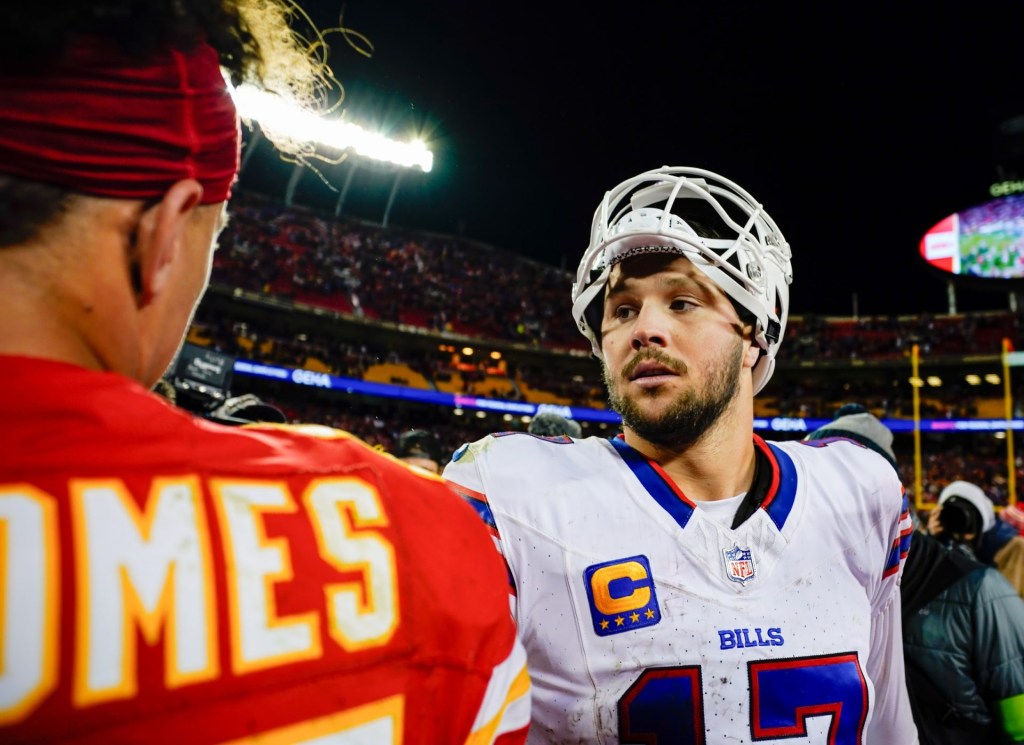There’s a revealing moment in Jurassic Park in which doubting scientist Dr. Ian Malcolm asks businessman John Hammond about the ethics of his plan to bring extinct dinosaurs back to life.
“Your scientists were so preoccupied with whether or not they could, they didn’t stop to think if they should,” notes Malcolm.
I thought of that line when Fox Sports announced it will air a new package of “elite Friday Night college football games” from the Big Ten, Big 12, and Mountain West conferences this fall.
This may prove to be good business for Fox. But it could prove to be more bad news for high school football.
As chronicled in the book, movie, and TV series Friday Night Lights, Friday night football games are a tradition throughout the country. These games knit small towns together. Lest we forget, high schools are the feeder system that bulk up teenagers into college football and NFL players.
Due to the Sports Broadcasting Act of 1961, even the rapacious NFL rarely schedules games on Friday nights. But college football conferences and their TV partners have been increasingly scheduling more games inside Friday night windows, viewing it as an “underutilized” time slot.
The National Federation of State High School Associations (NFHS) is “disappointed” and “concerned” about Fox’s plan, says CEO Karissa Niehoff.
Her group wants to protect the “Friday Night Lights” community tradition. At the micro level, many high school football programs are struggling with coaching, referee, and money shortages.
“I’m not surprised. But it’s a little disappointing when you think that we’ve really tried to showcase high school football on Friday nights. We hope that all our eyes will turn our way on that evening,” Niehoff said. “But it’s been disrupted for a bit now. So not surprised. Disappointed. But we’re still going to really try to champion Friday nights for high school football.”
An estimated million students play high school football at nearly 16,000 U.S. high schools. The NFHS has not yet reached out to Fox or the college conferences. But it may once it learns more about their strategy.
“We’re not just going to be quiet when changes are made that invade our space, so to speak,” Niehoff adds.
Fox has never been a big respecter of tradition. As it jousts with ESPN for college football TV supremacy, Fox sees Fridays as an opportunity just waiting to be plucked.
Mike Mulvihill, president of insight and analytics for Fox Corp., was the savvy operator who seized the chance to put the network’s best college football games at noon ET on Saturdays. For three years in a row, Fox’s Big Noon Saturday window has televised the most-watched regular-season game across any network. This year, Big Noon Saturday had its best year ever, averaging 6,739,000 viewers, an 8% increase. Once Fox lost WWE SmackDown to USA Network, it saw another big opportunity.
“We’ve built our collegiate business by seizing opportunities in previously underutilized timeslots, first with Big Noon Saturday and now on Friday nights,” Mulvihill said in a statement Thursday. “Our goal this fall is to have the No. 1 college football game on both Fridays and Saturdays and the top NFL game on Sundays.”
By some measures, college football has become the country’s second-most popular sport after the NFL. With viewers demonstrating a boundless appetite for both pro and college football, it probably won’t be long before TV networks are airing games seven days a week.
So yes, Fox can ignore the “Friday Night Lights” tradition. But before they do, maybe they should stop and think whether they should.
Michael McCarthy’s “Tuned In” column is at your fingertips every week with the latest insights and ongoings around sports media. If he hears it, you will, too.
